How I Healed my Crochet Elbow: AKA Tendonitis
Crochet Elbow is more commonly referred to as tendonitis or tennis elbow. But don’t let that name fool you, many crocheters suffer from this condition, but the good news is there’s help.
I tend to overdo things.
When I’m interested in a subject I will eat, breathe, and live every single minute detail and then some. Crochet has been no different for me, if anything it’s been more engrossing than anything I have been passionate about before.
Check out 10 Ways to Stop Pain from Crocheting and Knitting
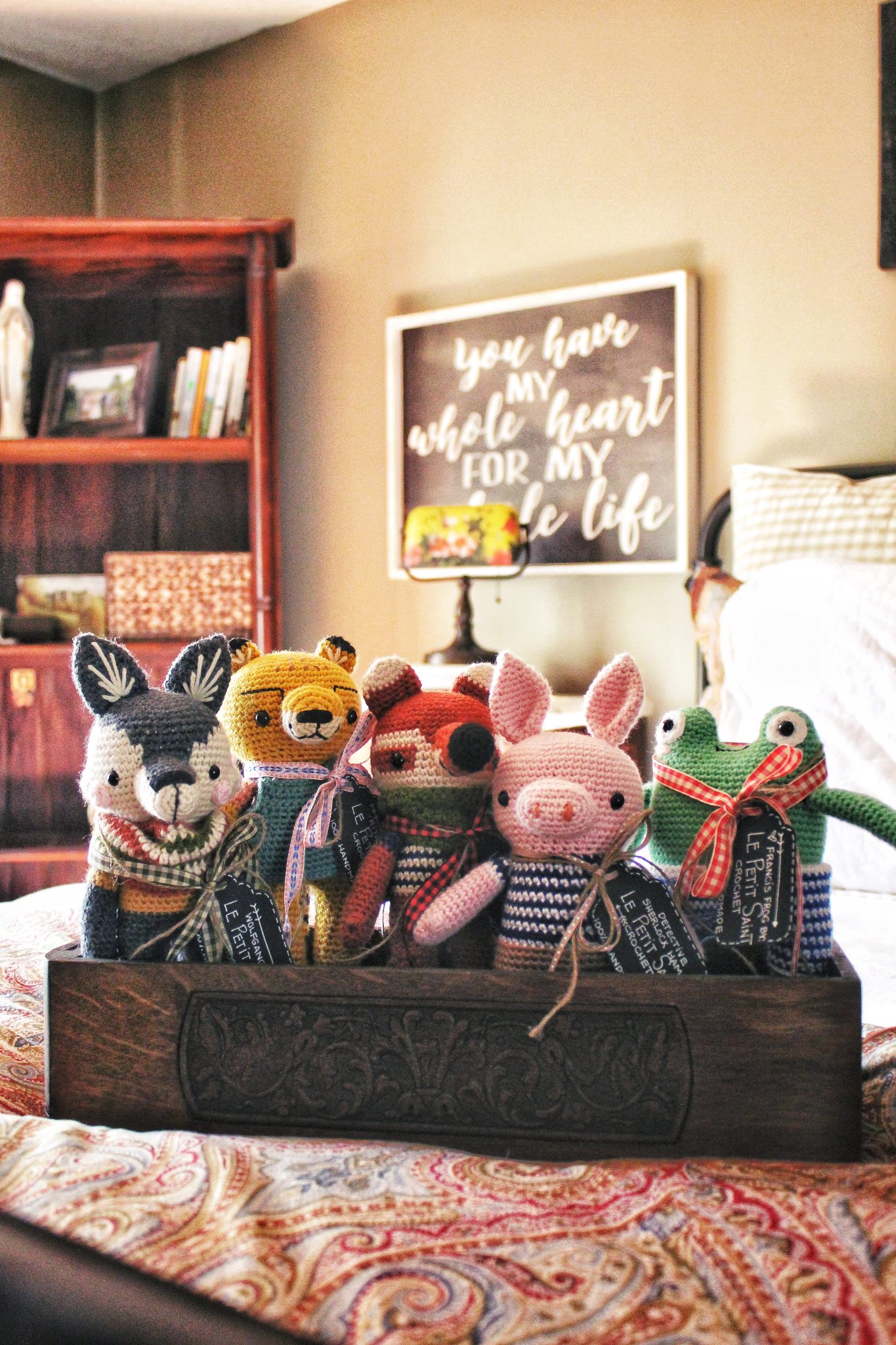
The form you have selected does not exist.
Crochet Elbow Problems Began
I began having problems early in 2018. In the beginning, I would occasionally experience pain and stiffness only in the right elbow, but that began to change as the months wore on.
By spring of that year the pain was waking me up at night and doing normal everyday activities began causing me a lot of discomfort.
Gripping items like a hairbrush caused lightening bolt pain to radiate up and down my arms.
For months I tried to ignore it. I tried a few home remedies but nothing worked.
Finally I went to the orthopaedic doctor. He diagnosed me with Tennis Elbow, or tendonitis.

Cortisone
He recommended a shot of cortisone in the joint might help with pain and advised that I take some time to rest. The injection itself was fairly painful, and I say this as a woman who has given birth with no anesthesia!
It wasn’t horrific but it was definitely uncomfortable. By the next day I was actually regretting having the injection done because I was feeling a good bit of pain.
By day three the discomfort was noticeably better. A week later I claimed that I was completely healed and went right back to crocheting 24/7.
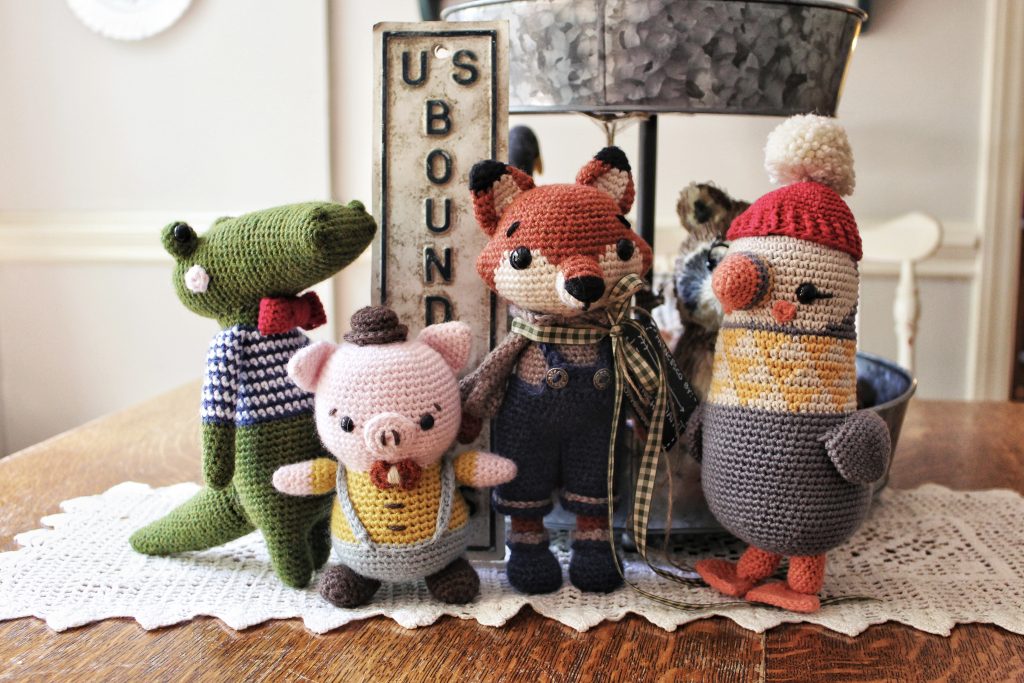
Back with a Vengeance
Approximately three months later the trouble with my elbow was worse than ever. Everyday activities were even more difficult and I was now emotionally worn out and discouraged.
Something that brought so much joy to my life was now causing so much harm. I reluctantly went back to the orthopaedic doctor.
He recommended that I begin physical therapy and that’s when my condition finally began to improve.
The following suggestions are what I learned from the physical therapist I worked with. She was very knowledgeable about repetitive motion injuries and how to heal them.
I am so grateful for her wisdom and understanding! I hope you find something that you can apply to your own life to either help heal tendonitis or help prevent it.
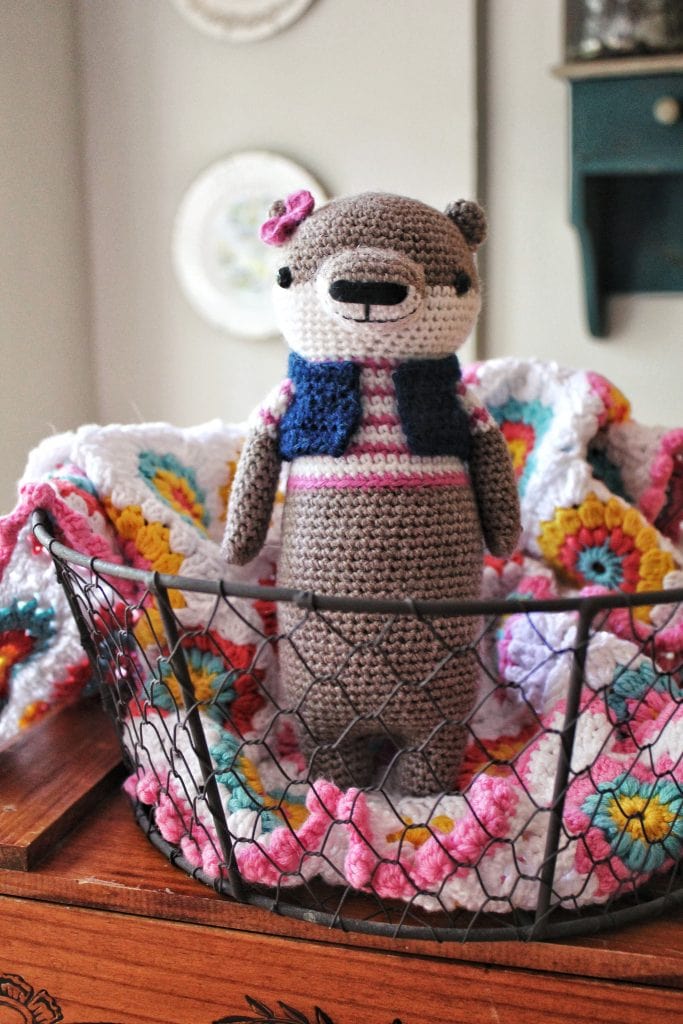
Rest
This was the absolute last thing I wanted to do.
I did not want to put my crochet hooks down for any reason, but eventually the physical therapist convinced me that I would never get better if I didn’t.
What surprised me was that I didn’t have to put them down for days, weeks, or months at a time. She just recommended that I only pick them up for a max of a couple of hours a day and to take breaks.
This seemed very reasonable to me and I began implementing this right away. I stopped the marathon crochet sessions late into the night. I started taking breaks every thirty minutes or so.
If I could only recommend one suggestion this would be it!
Stretch
When my physical therapist first examined my arm she noted all the knots up and down my forearm, around my elbow, and up my tricep.
These knots are caused by tight muscles and tissue bunching up and causing pain. During my crochet breaks my PT encouraged me to stretch.
I would stretch my wrists, elbows, chest, forearms, and back muscles. As with most things, in the beginning I would overstretch and cause pain and more damage.
My PT taught me that stretching should never hurt. Push to the point where you feel the stretch but not to the point of discomfort.
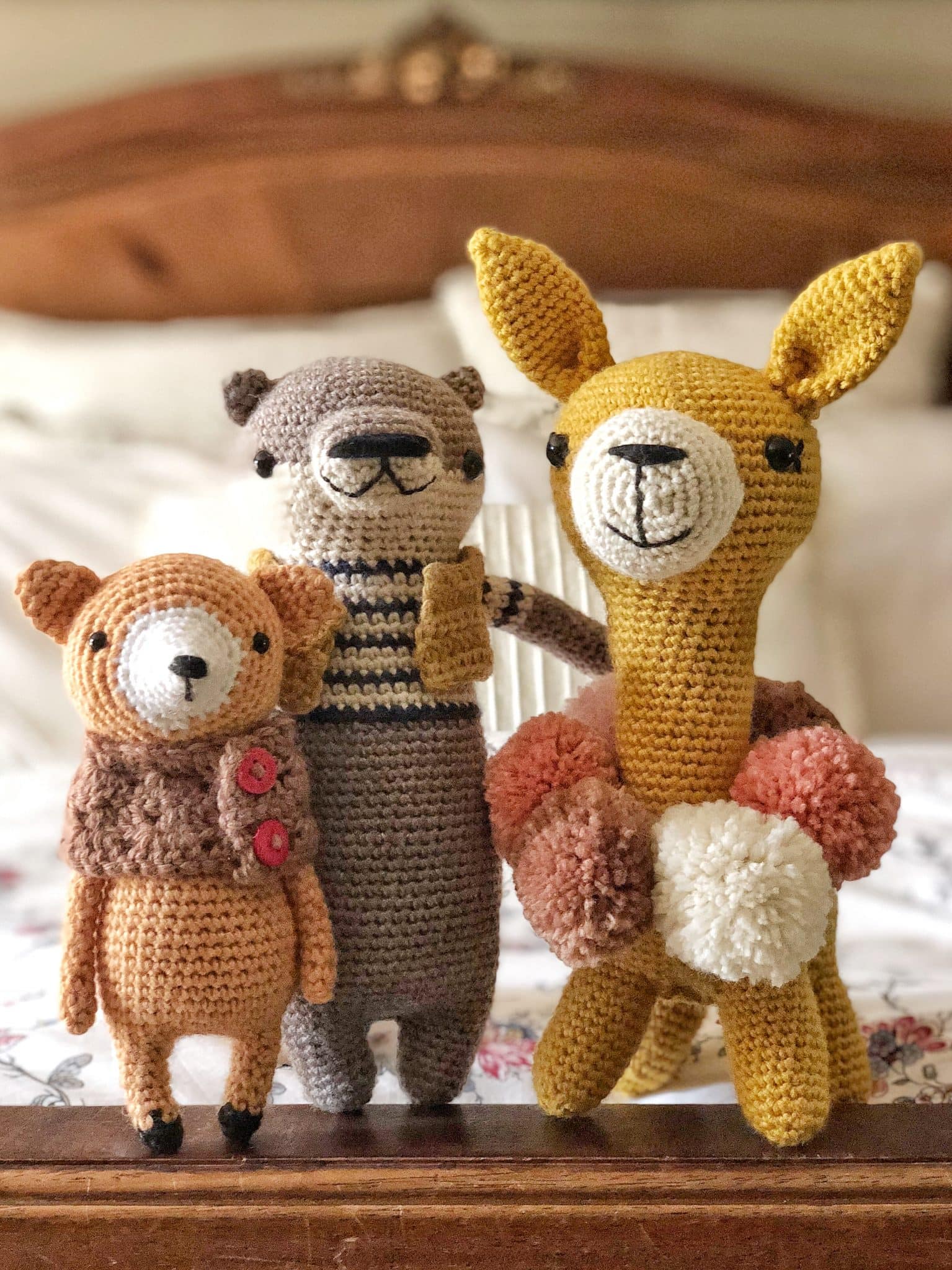
Ice
This is my second most important suggestion.
After putting ice packs on my elbows following crochet sessions I began noticing considerable improvement right away!
This was the hardest thing for me to remember to do, but I also believe it made a huge difference in my recovery from tendonitis. I used simple gel packs from Walmart and always kept one in the freezer so that I could apply it at any time.
Identify Triggers
Identify what triggers your pain. While listening to a BHooked podcast about different types of yarn I learned that cotton could be part of my problem. (You can read more about that here: Saying Goodbye to my Beloved Cotton Yarn)
I switched to wool and wool blend yarns and began to notice a big difference right away. During my physical therapy treatment I tried using cotton yarn again and immediately began feeling that familiar pain.
I haven’t picked it back up even though I absolutely love the look and feeling of quality cotton yarns.
You can read more about my favorite podcasts here: My Favorite Handmade Business Podcasts
I also identified that holding my dog’s leash was causing problems as well. My physical therapist recommended using a different type of leash that I could wrap around my forearm rather than by holding the handle on the type we have.
Crocheting was definitely the main cause for my crochet elbow, but there were other factors that were contributing to it.
Really begin to notice what could be causing pain, even if it seems too small to be the culprit. You might be surprised what little things you are doing in your own life that could be causing problems!
Strengthen
My physical therapist used a metaphor that helped me to see more clearly the objectives we were trying to achieve through strength training.
She compared crocheting to running. Just running improves your cardio condition and endurance levels but to prevent injury you need to strength train. The muscles you use to crochet need to be strengthened to prevent injury down the road.
My preferred way to gain strength is through yoga. Many people think of yoga as more of a stretching activity, but upper body strengthening is a key component.
I regularly practice gentle yoga through the YouTube series Yoga with Adriene. There are a few poses that do cause pain in my elbows and wrists so I adapt them or skip them altogether.
For the most part it has been the easiest way for me to gain the strength I need and stretch tight muscles caused by crocheting.
Heal
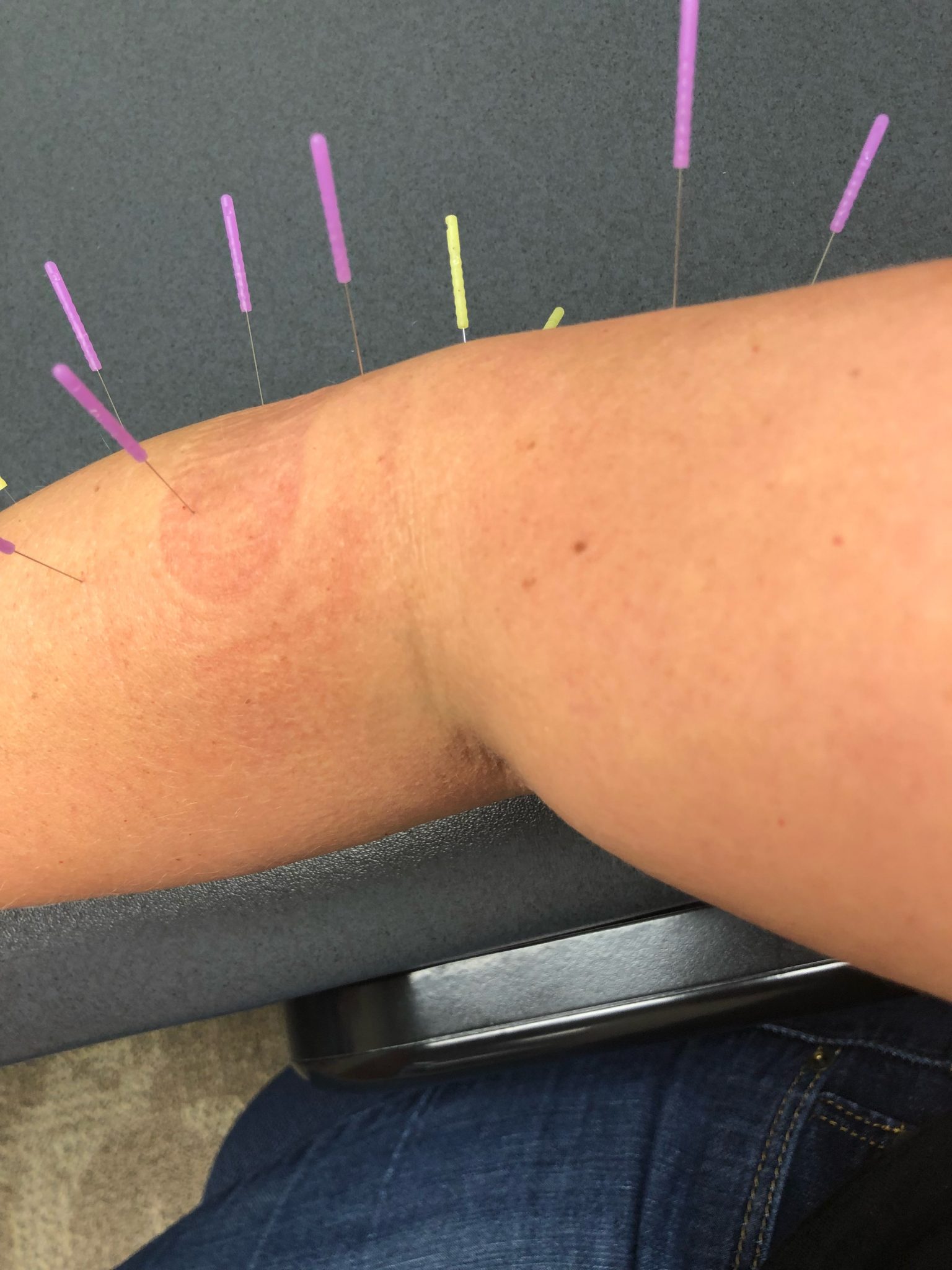
“Dry needling is also called trigger point dry needling or myofascial trigger point dry needling. It is done by acupuncturists, some chiropractors, medical doctors, and some physical therapists (PTs) to treat myofascial pain. The word “myofascial†is made up of the roots “myo†(which refers to muscle) and “fascia†(which refers to the tissue that connects muscle).
Muscles sometimes develop knotted areas called trigger points. These trigger points are highly sensitive and can be painful when touched. They are also often the cause of referred pain (or pain that affects another part of the body). Clinicians push thin solid needles through the skin into trigger points. The needles are used to stimulate the tissue, not to inject medication.” – Cleveland Clinic
Dry needling is not something I was particularly looking forward to. Thankfully I’m not afraid of needles, but they aren’t my favorite either!
Dry needling was done during my physical therapy appointments and was one of the best things I did to help heal my tendonitis. The sessions were $30 each and were well worth every penny.
The form you have selected does not exist.
The physical therapist explained that inflammation is not always a bad thing. By injecting the needles into specific trigger points she was causing controlled inflammation. She explained that bringing fresh blood into the area would help the healing process.
I’m so glad that I didn’t let the fear of a little additional pain prevent me from doing this treatment. It did cause discomfort at times, especially when she would tap the bone with the needle.
When she would pinpoint a particularly good area my muscles would spasm! She always got excited when that happened because it was a sign that she had gotten the right spot!
Wait
This is the absolute hardest part.
I can be a very impatient person and want problems to be fixed yesterday. Crochet elbow definitely taught me that healing takes time. Typically there are no easy fixes, especially if you wait a long time to deal with a problem.
My current strategy is to prevent tendonitis from happening in the first place. I work really hard to rest, stretch, ice, and strengthen routinely so that I keep my joints healthy for years of healthy crocheting!
I hope you find some of these suggestions helpful! I would love to hear about some of your own tips for keeping your joints healthy for crocheting and knitting!
Pin for Later!
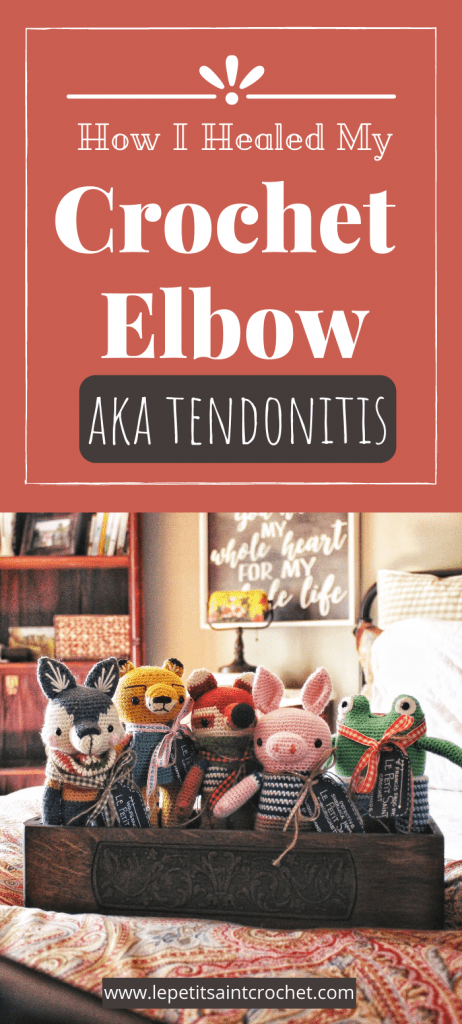


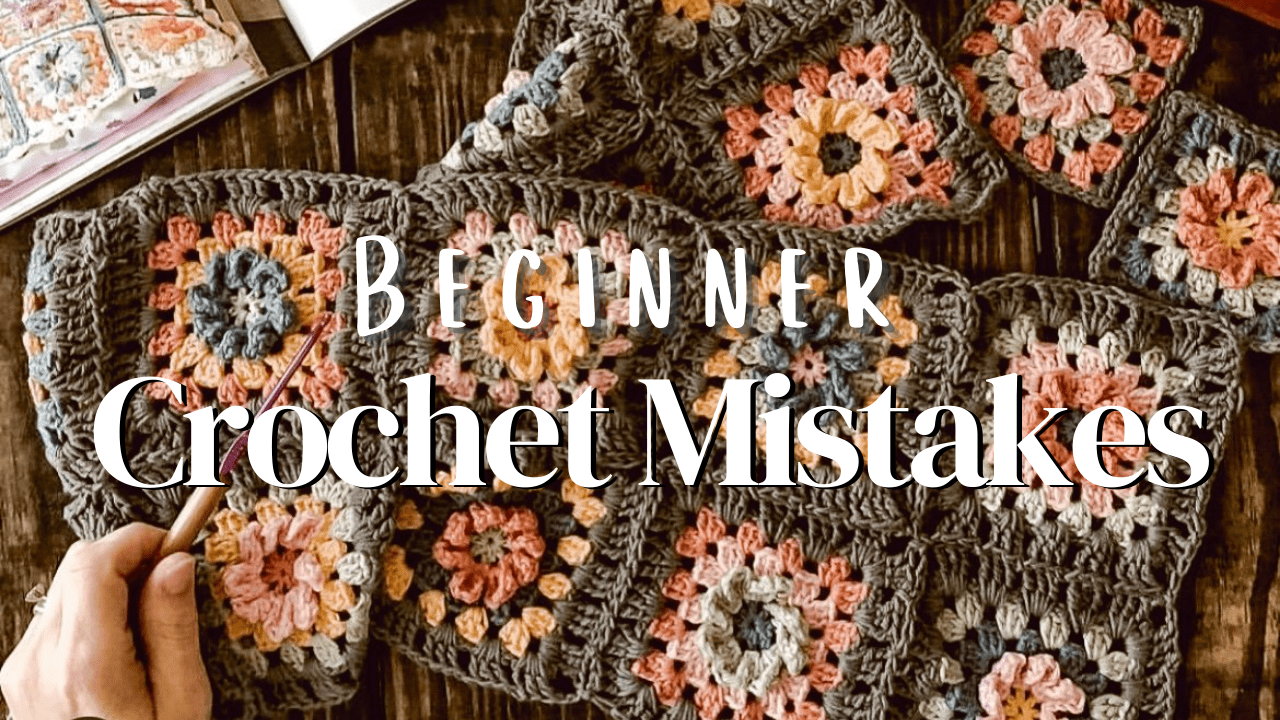
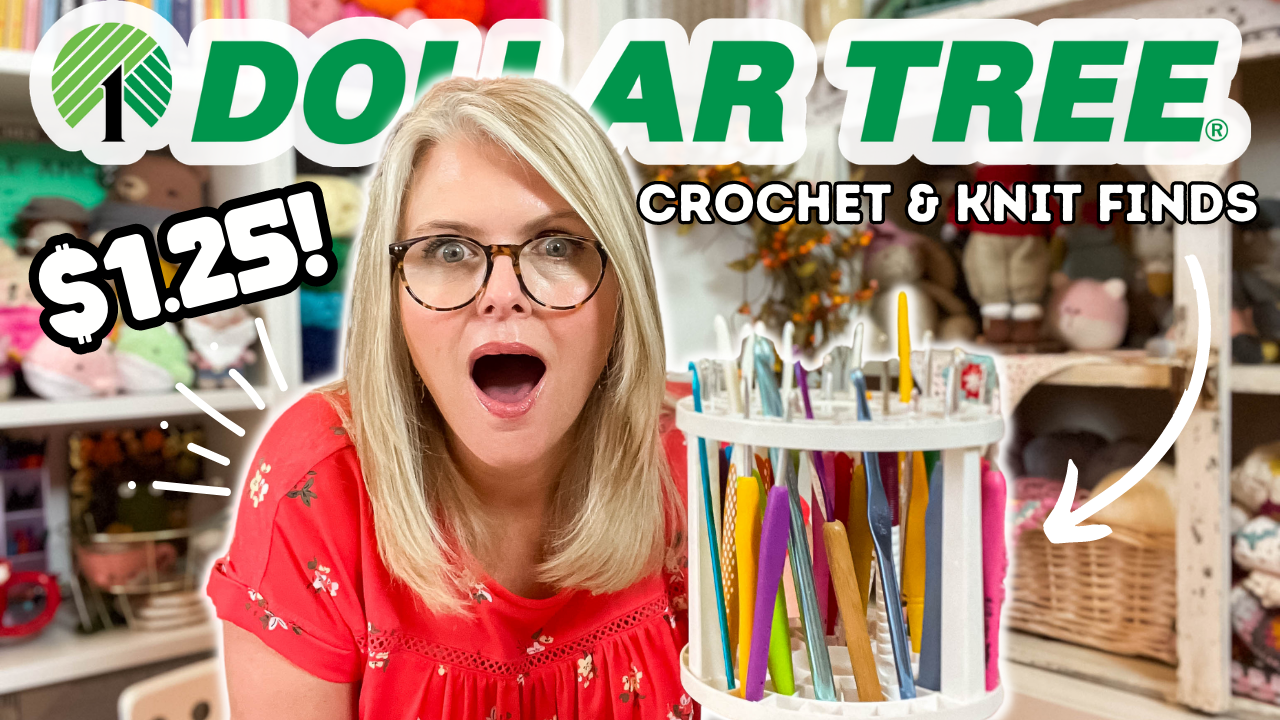
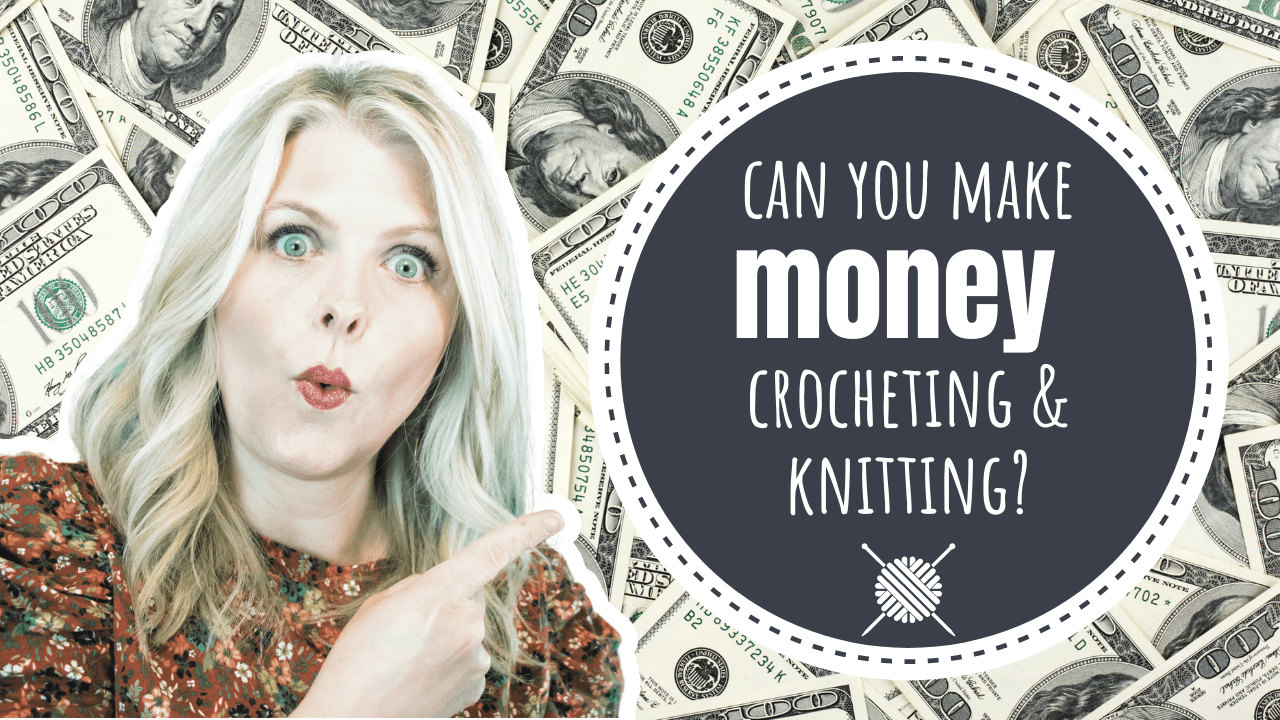
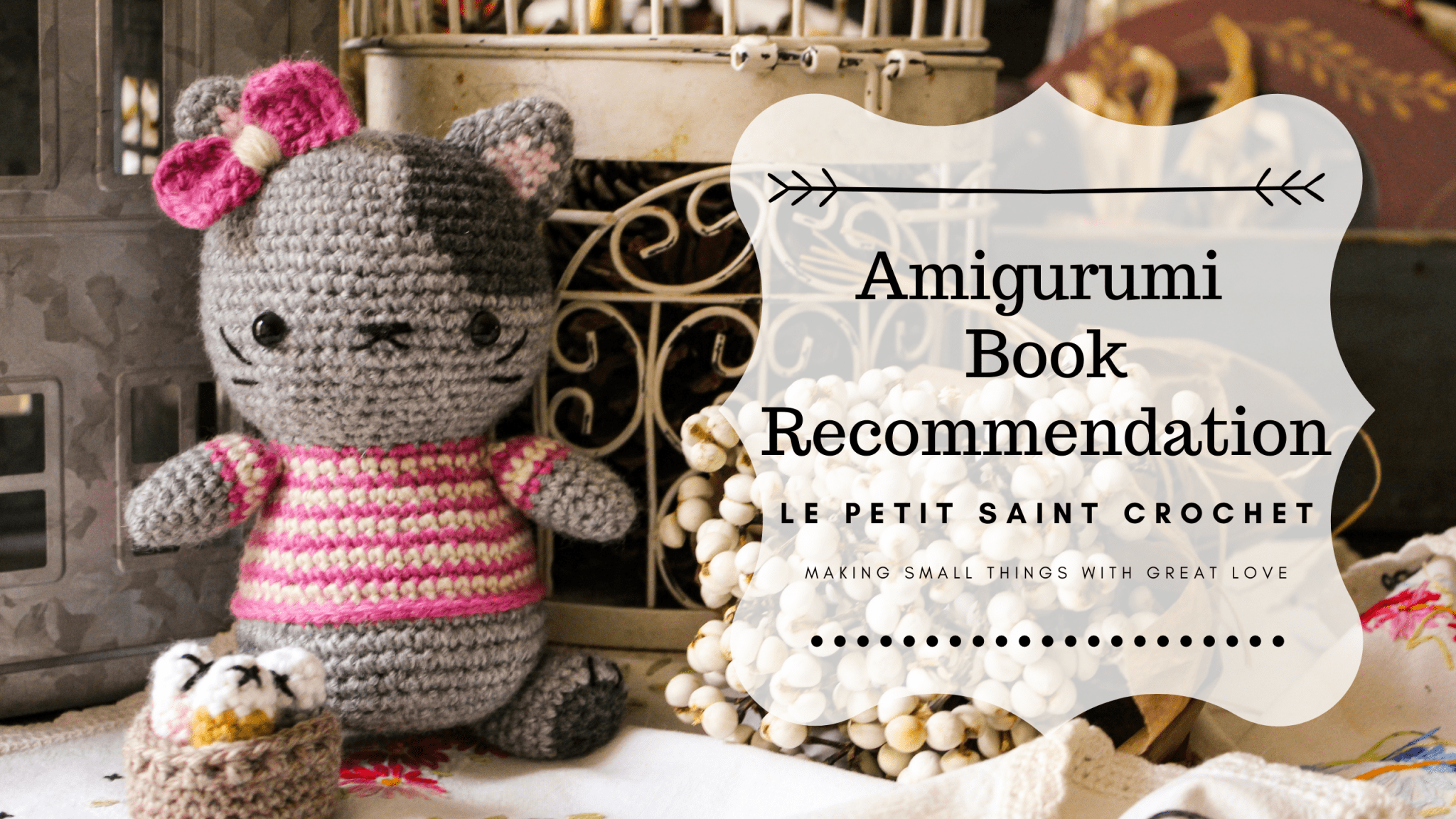
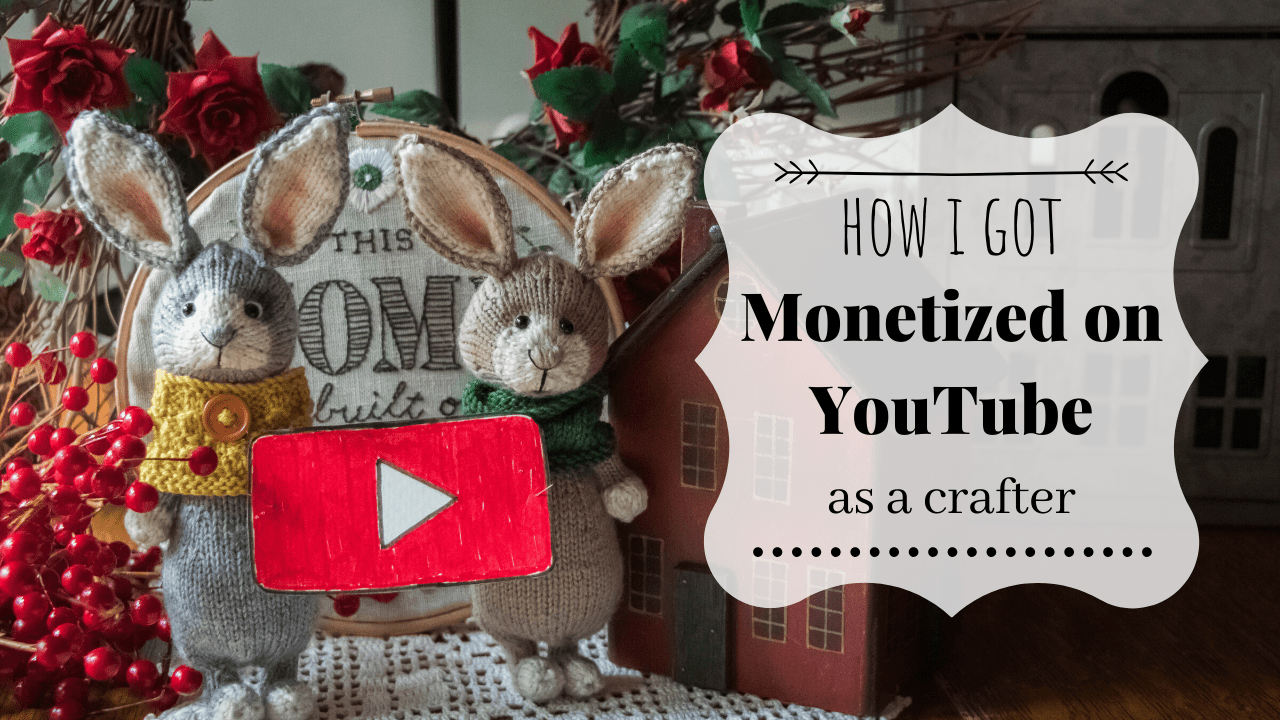
Very interesting post. I’m lucky enough not to suffer any pain at the moment (probably because I never seem to find enough time to do as much crochet as I’d like) but it’s good to have this info to hand just in case I need it in the future. I hope you’ve now got it firmly under control ðŸ˜.
It’s so much better never to get into the painful position in the first place! 😂 learning how to take care of myself has been a steep learning curve for sure! 😘
This was so helpful! I just finished crocheting a bunch of baby things for my Niece who is due in November. I spent the last 2 months crocheting during every spare minute and am now feeling the pain of crochet elbow. I really appreciate your sharing this info and will be giving your tips a try. Thanks so much! Kris K from CT
I hope it helps! It’s no fun to feel that pain!
This was a wonderful post ~ so informative. Yes I am the same, I’m so passionate about crochet that is all I want to do!! But I feel it in my hands! I now crochet for 1 hour and then rest. I also have a few different projects on the go at once using different stitches ~ blanket stitches around material for my bags, treble stitch for blankets & crochet around my toys.
Now that I have read your post I know how to stretch & ice ~ thank you for sharing!!
I’m so glad it was helpful! I learned so much about repetitive motion injuries caused by crocheting and knitting that I had to share. 😊
I have terrible pain in my elbow. I call it knitters elbow. But honestly it is much worse when I’m reading a physical book for weeks rather than on my kindle. Maybe from the weight of the book. I’m going to try icing it. Thanks.
Yep. When mine is really flaring up grasping anything, even my toothbrush can be very painful. Icing, ibuprofen, and rest work wonders!
I know this is an old thread, but I just wanted to say how helpful I found this post. I have exactly the same symptoms in my elbow and have gone from a crochet and knitting addict crocheting every spare minute to not being able to crochet at all. I have tried your suggestions which have helped, but whenever I try going back to crocheting the symptoms return.
I also am a big fan of Adrienne and in fact wonder if too many downward dogs in the Jan challenge didn’t help! My elbow never hurts when I’m doing yoga though.
My question is that a year on from your post are you now able to continue with your crocheting as before for longer than a couple of hours a day. Are you still cured. I look back on my carefree days of marathon crocheting with longing and wonder if I will ever get them back.
Hello! I’m so glad you have found this old blog post! I am still much better than I was but I have never been able to go back to crocheting and knitting for hours at a time. I also now believe the yoga was contributing to the entire issue. My current strategy is to knit or crochet for only a couple of hours in one day with breaks. I use ice. I also take days off in between. I identified other triggers like yoga but also carrying in heavy bags of groceries. I think all this has taught me the importance of balance. So yes, I am still much better but I could go right back into full blown tendinitis if I wasn’t employing all these strategies! I hope you find something that helps and are able to start crafting again soon!!!
Downward dog/plank is what trashed my elbows in the first place. Downward dog is terrible for me.
I can do a few downward dogs but NOOOO planks. I even have to modify cat/cow. Almost anything that requires my wrist to be bent at that angle kills my elbow. I’m hoping one day I can go back to a regular yoga practice but for now it’s just not possible.
Thank you for your very helpful reply. I’ll follow your strategies. Here’s to balance in everything!
Haha! Hope you get better soon!
I had really bad tennis elbow from overuse training for a body building competition. After a couple months of Physical therapy the only thing that helped me completely get over it was dry needling. I do have needle anxiety but it was so worth it and not even that bad! I just started crocheting and have noticed it starting to flair up again. If it continues to be an issue I will definitely pursue dry needling.
Tendinitis in the elbow is a persistent little bugger. I always know when it is starting to flare up that I have to rest it, ice it and take some ibuprofen. But it is always good to know that dry needling is there when you need it! It really is a life saver!
Okay, you’ve convinced me to lessen my use of cotton yarns! I developed de quervain’s tenosynovitis after having my baby girl. I also got a cortisone shot and it improved but about 6 months later it came back! And it definitely flared back up when I crocheted a pot cover with plastic bag yarn. It doesn’t hurt too much when I use dk weight cotton yarns, but I find it more painful to work with worsted weight cottons.
Cortisone definitely helped my tendinitis for a short time, but like you, mine came back. Physical therapy and dry needling helped quite a bit. Rest and icing have been very effective as well. That’s hard to do when you love to crochet and have a baby to take care of!
Thank you for this post! Very helpful. I used to love crocheting but also developed horrible tendonitis, made worse by having to be on a computer for work a lot. Did you find that using ergonomic crochet hooks or those arm bands/wrist covers help at all? I want to get back into crocheting because I love it so much but want to do so pain free.
Yes!!!! Please check out my more recent post about the additional things I’ve done that have actually helped as well! https://eliserosecrochet.com/2020/02/20/10-ways-to-stop-pain-from-crocheting-and-knitting/
I sit here trying to fill my days while cleaning out my outlook, where I came across a recent email from you. I click all links and go to view them. This is how I came to be here. Let me start again…
I sit here trying to fill my days while wearing a stint/ brace on each arm. I anticipate my appointment for PT tomorrow, as they will begin my dry needling. I crocheted six 3 ft characters using Bernat Blanket yarn and pulled tight to assure the recipients of the gifts would not pick at the filler.
I started feeling the pain in my left elbow first, even though I am right handed. I tried taking a break after Christmas and was bored stiff. I used the ice and the store bought braces on my upper forearms.
I have fibro and have over the years collected creams, balms, gels, etc for pain and I tried them all on my elbows. Nothing helped.
The fact that I am knowledgeable that crocheting keeps me sane in my elder years (soon to be 55). I am labeled disabled, and I am an empty nester, with a hubby that travels for work. I have developed planters fasciitis, and in the spring of last year, I had surgery which didn’t work, so I am looking at another one to cure my new found A vascular Necrosis. *sigh, While being told to stay off my feet and putting them up, I had passed time crocheting… it literally did keep me sane.
Now, I am happy that you found something that worked for you. I only hope I can find something of the same for me. Happy Stitching.
Sherry French
Oh I hope that you will find something that works so that you can begin crocheting again. I found that knitting was a lot easier on my elbows than crocheting, do you knit at all? I hope that this is temporary and that you will begin to feel better again!
As much as I’m glad to have found your post it also saddens me …
My elbow has been getting more and more painful hence a bit of googling leafing me to you. I am almost finished with crocheting a blanket in DK cotton! I absolutely love cotton whether blankets or arigurumi.
I will finish this blanket but then work with different yarn and see if there is a difference with my elbow … Using rest and stretches too.
Thank you for taking the time to post ☺ï¸
I hope you get some relief soon. I have found that rest has been the most important thing. I also am very glad that I went to physical therapy. Thankfully there are so many other gorgeous yarns that you’ll (hopefully) love just as much as cotton!! Good luck! 🧶🧶🧶
I really appreciate this blog post and the tips you’ve shared! I’m a beginner crocheter and started back in November of 2021 after seeing a cardigan I wanted to recreate. Unfortunately in December, I ended up injuring myself in a long boarding accident and spraining my elbow in the process, causing me to give up the craft, at least until I was fully able to use my elbow. Now that I’ve picked up crocheting again, I’m getting flare ups and it really sucks because this hobby brings me so much joy and I want to make so many things. Thank you for writing this post! I’m definitely going to implement some of these things into my routine and watch your YT video. I want to make this hobby as painless as possible and hope that I’m able to do it for years to come. I’m also a very tight crocheter, which I believe is also causing me pain in my yarn hand, so I have to work on that, too.
I’m so glad the information was helpful! Pain with crocheting and knitting is so common and we must do what we can to prevent injury. 💗